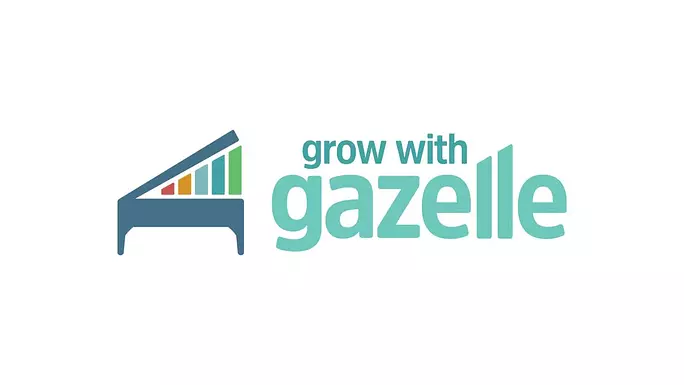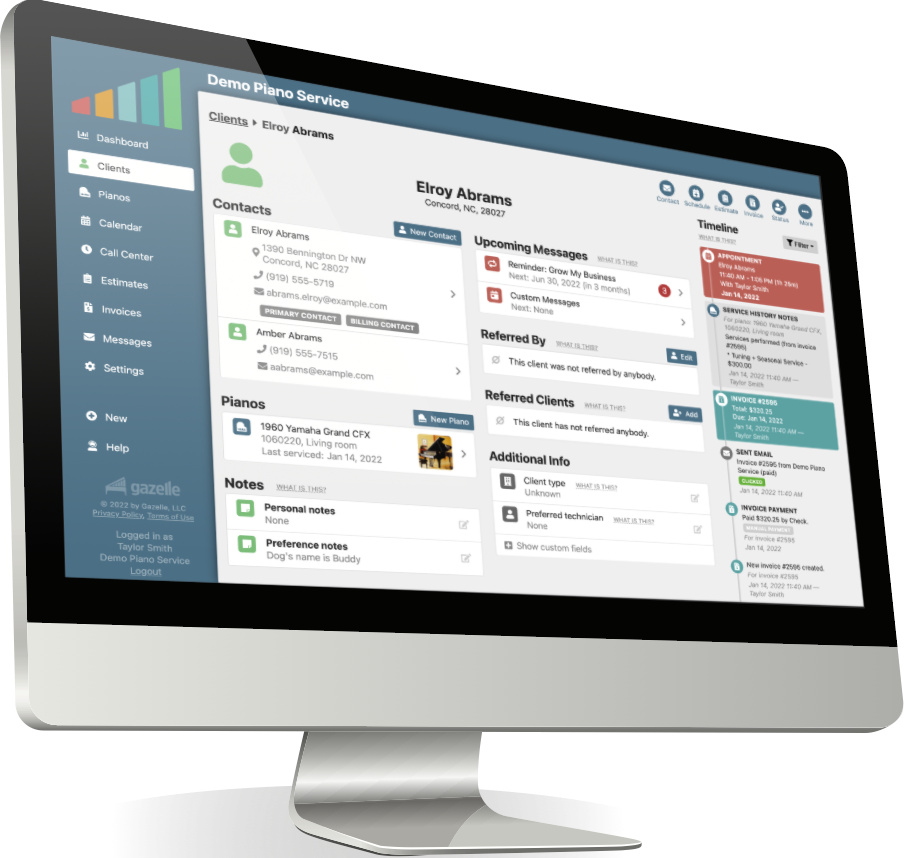If you are going to run a small business, you need to keep the pulse on everything that affects your business at both a macro and micro level. However, reacting to rapidly changing problems associated with pandemic-fueled supply and demand curves isn’t usually something business owners plan to deal with…until you find yourself in the middle of it. So what do you do when these challenges collide with your historic pricing strategy?
If you are still trying to wrap your mind around this problem, you are not alone! First it was toilet paper, then kids bikes, trampolines, domestic labor shortages that caused interruptions in chicken, beef, and grocery staples, then anything imported (including pianos). For a time you couldn’t get an Airbnb; then you could but only if you booked it a full year in advance. And if you look up today, it can feel like we are all caught in a supply chain game of whack-a-mole as you discover unprecedented problems are suddenly having a real impact on your ability to manage your local business. While it can be hard to see the forest for the trees, many of these problems are temporary, but some are not. Knowing how and when to respond as a business owner is the key.
All problems are eventually local
If any problem persists long enough on a macro level, it will eventually manifest itself as a local problem that affects the boots-on-the-ground business owners and consumers in your city. Dealing with short-term supply chain shortages is one thing, but dealing with the increased costs associated with replacing your service vehicle, paying your accountant, hiring help, and living in close proximity to your service area are all things that can’t be ignored. These need to be part of your plan to align your rates to your cost of running the business. Regardless of what has worked for you in the past, things have changed enough over the past 24 months that business owners around the globe need to take a moment to pause and reevaluate their pricing strategy to ensure it is in alignment with their present reality on the ground. So let’s start with the basics.
Be Profitable
You need to be profitable, which means selling your products and services above your costs of production. This includes the equivalent costs associated with hiring someone like yourself (who lives in close proximity to your service area) to do the work you do; for example, if housing costs are increasing in your area, wages are going to have to increase to maintain your workforce in that service area. Choosing to be profitable is the only way to weather the temporary disruptions and systemic changes affecting your ability to cover all your bases without losing focus on providing top notch service.
Schedule price adjustments annually
Pick a day each year to raise your rates and build this into your company’s operating plan. This will mean you are never more than 11 months away from being able to adapt to anything coming your way. Note: some companies choose to do larger increases every 2 years. While this works when inflation is steady and slow, it doesn’t always work in a rapidly changing economic environment. Regardless, both methods have a plan and a schedule they stick to. If you haven’t done this in the past, or it has been a few years since you adjusted your prices, now would be a good time to start.
Respond to temporary problems with temporary solutions
Adding (or increasing) your travel charges temporarily is a great way to buffer against one of your largest costs: fuel. You can also consider adding a surcharge during your busiest season when scarcity of time is your most expensive commodity. This will help keep enough margin in your schedule to take on good clients with nice pianos during your busiest time of year. Uber does this with demand-based pricing; you can do the same.
Organic client churn is healthy
Great clients move or stop servicing their piano, and kids who play the piano graduate and go off to college all the time. This is a healthy churn. But so is the churn that comes from raising your rates and keeping your schedule open for new clients who are suddenly moving into your area or working remotely and willing to pay a higher rate. Both of these offset themselves but only if you have a plan for aligning your rates with the current market conditions and costs of running your business in your local area.
Raising rates is healthy
Companies that don’t ever change their prices go out of business. This has less to do with the actual price they charge and more to do with the fact that business owners who don’t have a balanced monetization strategy for their products and services tend to be the ones that move too slow on important things, like updating their pricing to offset inflation.
Even if structured pricing changes haven’t been part of your yearly operating strategy, you don’t have to keep this mindset going forward. Everything has changed over the past 24 months. We live in a different world, a different business environment, and everyone’s priorities have shifted whether they realize it or not. Now that the imminent threat of pandemic shutdowns are mostly behind us, the great realignment is ahead. Business owners need to take stock and consider whether their historic pricing strategies are still in alignment with the reality of running a profitable and sustainable book of business in this post pandemic world.
If you need any help considering price realignment for your business, Gazelle has several great resources for you as you navigate this process. Running a Profitable Piano Service Business, Pricing Piano Services, and Handling Travel Charges in Gazelle. These resources will help you navigate the logistics of calculating and communicating the things you need to know as you adjust your prices to be in alignment with this present economic environment.



